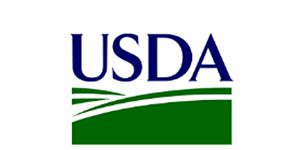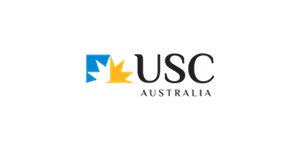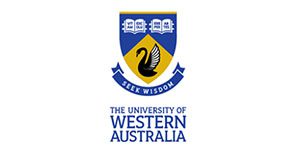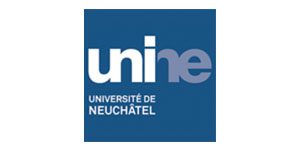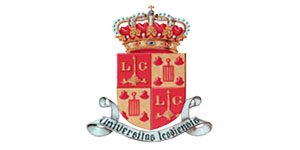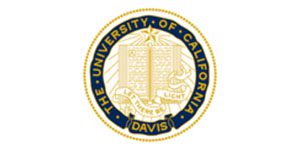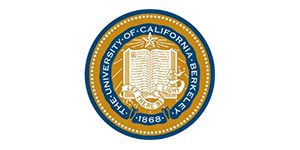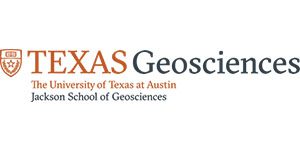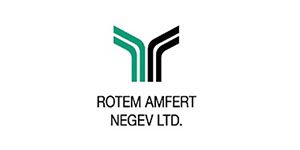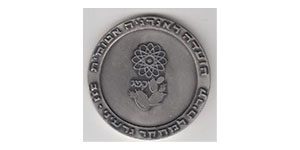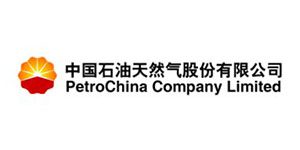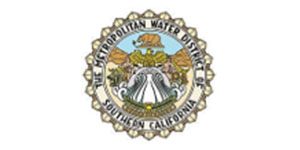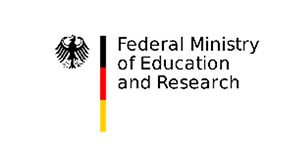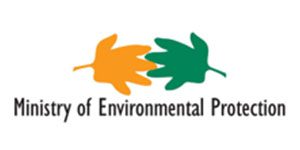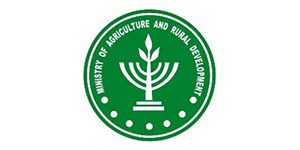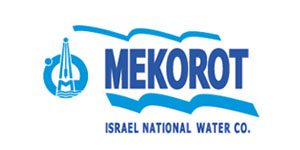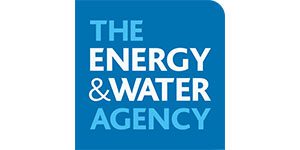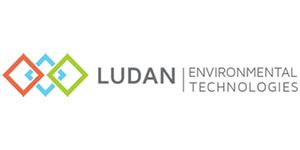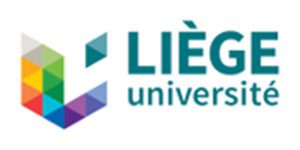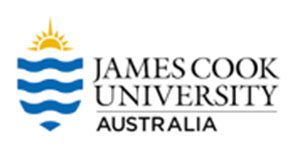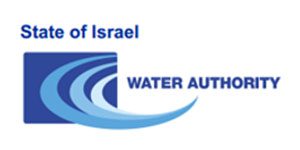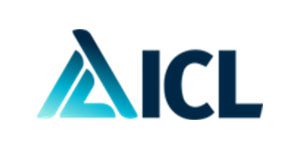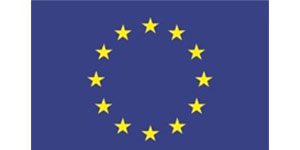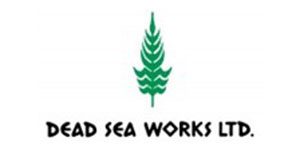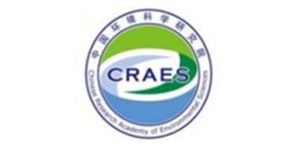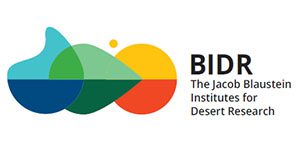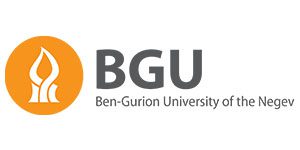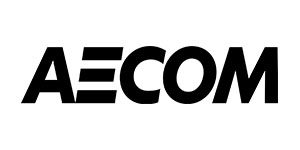
Groundwater Sustainability: Unveiling the Invisible Resource
Beneath our feet lies a hidden treasure, a vast reservoir of water that plays a crucial role in sustaining life on Earth. This precious resource, known as groundwater, accounts for nearly 95% of the world’s accessible freshwater. It serves as a primary source of drinking water for over half of the global population, supports agriculture, maintains ecosystems, and underpins industrial processes. However, this vital resource is facing increasing pressure from overuse and pollution, jeopardizing its sustainability and threatening our future water security.
Groundwater and Sustainable Development Goal 6
The United Nations Sustainable Development Goal (SDG) 6 emphasizes the importance of “ensuring access to water and sanitation for all and to manage water resources sustainably.” Groundwater plays a pivotal role in achieving this goal, as it often constitutes the sole reliable source of water for communities in remote and arid regions. Sustainable groundwater management is essential to guarantee that this resource can continue to meet the needs of a growing population while preserving its quality and availability for future generations.
Monitoring the Unsaturated Zone: A Critical Step for Groundwater Sustainability
Groundwater sustainability demands a comprehensive understanding of the entire groundwater system, including the unsaturated zone, also known as the vadose zone. This zone lies above the saturated zone, where groundwater resides, and it plays a critical role in replenishing groundwater resources. Monitoring the unsaturated zone enables us to comprehend the movement of water and contaminants through the soil and into the groundwater system. This information is invaluable for developing effective groundwater management strategies and preventing pollution.
Sensoil's Vadose Zone Monitoring System: A Technological Advance
Sensoil’s Vadose zone Monitoring System (VMS) represents a technological breakthrough in groundwater monitoring. The VMS utilizes advanced sensors and data analytics to provide real-time insights into soil moisture, nutrient levels, and contaminant concentrations within the vadose zone. This comprehensive data enables stakeholders to make informed decisions groundwater protection measures. VMS also enables policy makers to ensure compliance with groundwater protection guidelines.
Groundwater Management and Recharge: Striking a Balance
Sustainable groundwater management involves striking a balance between withdrawals and recharge, the process by which water replenishes groundwater aquifers. Overuse of groundwater, without adequate recharge, can lead to aquifer depletion, land subsidence, and saltwater intrusion. Effective groundwater management strategies include:
- Regulating groundwater withdrawals: Implementing sustainable withdrawal limits based on aquifer recharge rates.
- Promoting artificial recharge: Utilizing techniques such as spreading basins or aquifer storage and recovery to replenish groundwater.
- Enhancing natural recharge: Protecting and restoring vegetated areas and wetlands that promote infiltration and groundwater recharge.
Averting Pollution: Safeguarding Groundwater Quality
Groundwater is susceptible to contamination from various sources, including agricultural activities, industrial waste disposal, and improper sanitation practices. Contaminants can seep through the soil and into groundwater aquifers, posing health risks and rendering water unusable for drinking or irrigation. Preventing groundwater pollution requires a multifaceted approach that encompasses:
- Regulating the use of pesticides and fertilizers: Enforcing strict regulations on the use and application of agricultural chemicals to minimize their impact on groundwater.
- Properly managing industrial waste: Ensuring that industrial waste is treated and disposed of in a manner that prevents contamination of groundwater resources.
- Improving sanitation practices: Providing access to safe sanitation facilities and promoting proper wastewater management to prevent contamination from sewage.
Conclusion: A Collective Responsibility
Groundwater, a hidden treasure beneath our feet, is a vital resource that supports life and livelihoods across the globe. Ensuring groundwater sustainability demands a collective effort to manage this resource responsibly, preventing pollution, and promoting recharge. By adopting sustainable practices, investing in monitoring and management strategies, and embracing technological advancements like Sensoil’s Vadose Zone Monitoring System, we can safeguard groundwater for future generations and ensure that this invisible resource remains a visible source of life and prosperity. Together, we can protect this hidden wealth and secure a water-secure future for all.
